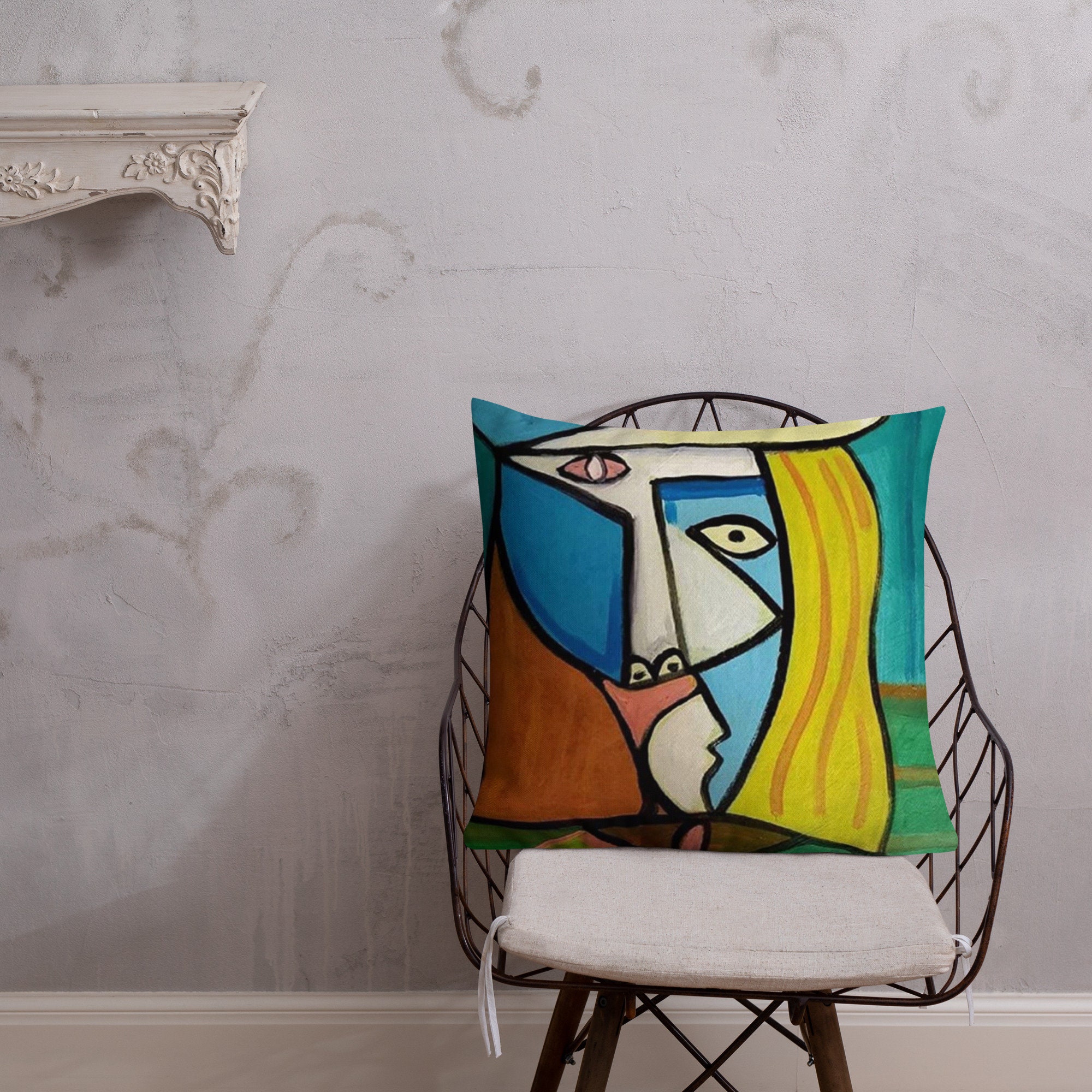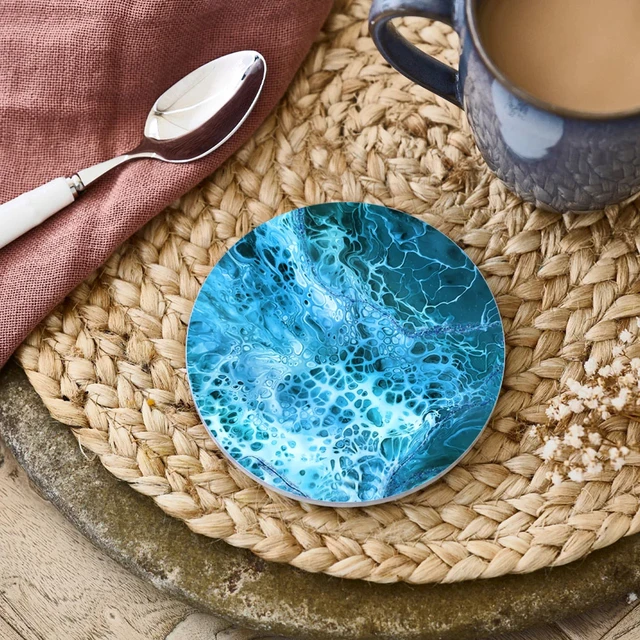The Ultimate Guide To Unique Art
The Ultimate Guide To Unique Art
Blog Article
Some Known Facts About Unique Art.
Table of ContentsThe Best Guide To Unique ArtTop Guidelines Of Unique ArtSome Known Details About Unique Art Things about Unique Art
While one could dispute which art form holds priority, the truth remains that each of these seven kinds supplies a distinct home window into human history, culture, and development. They are the tapestries that chronicle our journey, reminding us of our past while inspiring visions for the future.Great art work narrates, makes individuals look twice, and creates a distinct experience that can't be matched. Art and pictures connect every one of that with shade, shape and various other style elements. Learn just how to make your distinct artwork attract attention from the group.
To bring even more dramatization, he prolonged the paint. The curves, along with a spherical sconce, soften the edges. Frames classic posters and maps of beloved areas established the scene.
8 TRIA GIOVANEqual components grand and laidback, this foyer made by Anthony Baratta is the excellent blueprint to comply with if you're enhancing an official entryway that still feels unfussy and comfortable. Formed textiles take facility stage (see the carpetings and the couch), yet they also help bring the high ceilings to a human scale when hung over wallpaper.
Unique Art - The Facts
18 Heidi Caillier DesignA gallery wall surface does not require to take up the entire space. Often a small one can make a larger style declaration. In this living room, Hiedi Caillier opted for micro-mini structures and a random make-up.
, the expression of ideas and emotions, with the development of specific aesthetic qualities, in a two-dimensional visual language. The elements of this languageits forms, lines, colours, tones, and texturesare used in different methods to produce experiences of quantity, area, activity, and light on a flat surface. These components are combined right into expressive patterns in order to stand for genuine or superordinary phenomena, to translate a narrative motif, or to create completely abstract aesthetic connections.
Later on the concept of the "great artist" established in Asia and Renaissance Europe. Prominent painters were paid for the social status of scholars and courtiers; they signed their work, chose its design and usually its subject and images, and established a more personalif not always amicablerelationship with their patrons. Throughout the 19th century painters in Western cultures started to shed their social position and secure patronage.
The 3-Minute Rule for Unique Art
Others made a revenue with touring this link exhibitions of their job. The requirement to appeal to a market had actually replaced the comparable (if much less impersonal) demands of patronage, and its result on the art itself was probably comparable. Typically, musicians in the 20th century can reach an audience only with commercial galleries and public galleries, although their job may have been periodically reproduced in art periodicals
For the history of paint in old Egypt, see Egyptian art and design. The advancement of paint in various regions is treated in a number of posts: Western painting; African art; Main Asian arts; Chinese painting; Islamic arts; Japanese art; Oriental art; Native American art; Nautical art and design; South Oriental arts; Southeast Asian arts. For a conversation of the forgery of jobs of art, see forgery. For a discussion of the function of paint and other arts in faith, as well as of the use of religious icons in art, see spiritual significance and iconography. For information on other arts connected to painting, see articles such as attracting; folk art; printmaking. It is the feeling of inevitability in this formal company that gives a fantastic painting its self-sufficiency and presence. The colours and positioning of the primary photos in a style might be occasionally mainly decided by representational and symbolic considerations. Yet it is the formal interaction of colours and shapes that alone is capable of interacting a particular mood, producing optical feelings of space, volume, activity, and light and developing pressures of both consistency and tension, even when a paint's narrative meaning is obscure.
Don't replicate the style of other musicians if you're looking for your style. Copying other individuals's artwork can be great in educational objectives however it will certainly not make you closer to discovering your own special design. Your artistic design needs to be, what you such as and what motivates you.

The smart Trick of Unique Art That Nobody is Talking About
You need to attempt lots of different choices and check out every little thing before you can concentrate on one specific style or you'll be bored, or even worse, you'll dislike your very own style. I suggest you to try every single subject that you're interested in, explore as much as you can. Try various mediums that delight you and brand-new strategies you have actually never ever attempted prior to.
With time you'll be able to sort every one of them right into your favorite and the very least favored classifications. Attempt to focus your interest on the topics and mediums that you like and before you see it coming you'll have your own individual and special design, like no one else have! In the end you'll have a few favorite subjects to repaint and maybe a few favored tools.

Report this page